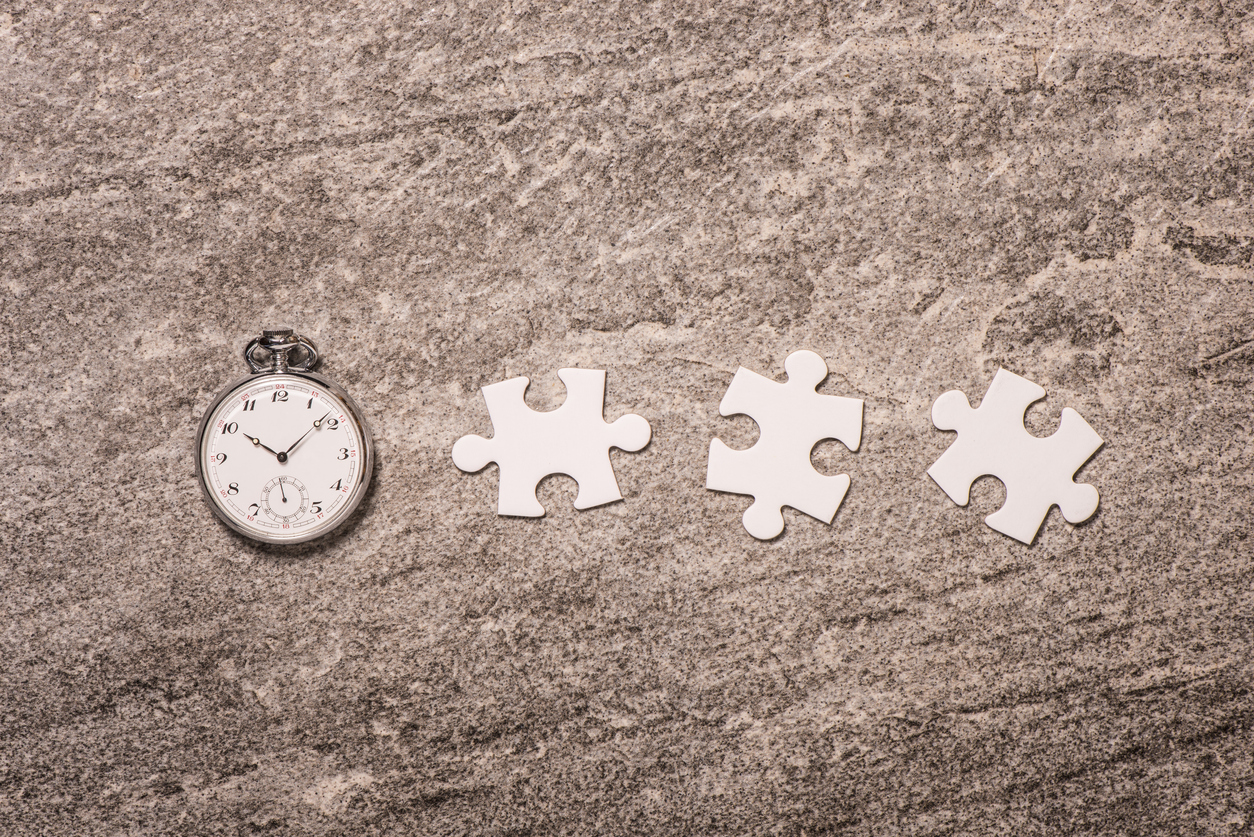Hope every mom had a wonderful Mother’s Day. I was at the Tampa Club yesterday with my mother, Alice Merlin.
Before going to brunch and observing the most beautiful views of glistening Tampa Bay from the 42nd floor of the Tampa Club’s dining room, I was preparing for my presentations, noted in Georgia Adjusters Seminar with Chip Merlin Next Week. A Georgia insurance case discussing an insurance claim denial from a Mother’s Day storm, Cornerstone Missionary Baptist Church v. Southern Mutual Church Insurance Company,1 came to my mind. Only insurance companies can find ways to turn Mother’s Days into financial catastrophes.
The facts of the loss are as follows:
On Mother’s Day, May 11, 2008, a powerful windstorm (hereinafter “Mother’s Day storm”) swept through the Macon area and damaged Plaintiff’s church building as well as a number of other buildings in the vicinity. The storm formed into tornados at certain points along its path. Multiple buildings nearby Plaintiff suffered broken chord members and separated connecting plates in their roofs and truss systems. Immediately after the storm, members of Plaintiff’s congregation noticed that shingles had been ripped away from various spots on the church’s roof and that an annex building had been damaged….the insurance company sent its independent adjustor Charles Garrett…to inspect the buildings. Garrett did not inspect inside the church building or examine the roof’s structural components or support system. Southern Mutual did approve and pay this claim made in October 2008….
Two years later, church members began observing other problems in their building. In late 2010 they saw cracks developing in the sheetrock of the sanctuary’s ceiling and reported the issue to Southern Mutual in January 2011. Through Garrett Southern Mutual hired Garry Kornegay, a professional engineer, to inspect the church building. Unbeknownst to the insurance company, Plaintiff had also contacted Kornegay about investigating the damage to its building. Kornegay’s inspection on January 13, 2011 found that nearly half of the wooden trusses in the church’s roof had been damaged. Kornegay attributed the impaired trusses to wind damage and reported his findings to Garrett, who passed the information to Southern Mutual.
Since both the Church and the insurer hired the same engineer who gave an opinion that the damage was caused by wind, do you think the insurer paid the Church’s claim? Any reader of this blog and everybody in the insurance claims industry knows that answer—“no way!”
The insurer hired another engineer that said the cause of the problem was excluded construction defects. The Church hired a third engineer who said wind caused the damage. The insurer hired the fourth engineer who agreed with the second engineer. The score between the engineers was two for coverage and two against coverage. To make it a little more interesting, the insurer inspected the church building before the loss and found no pre-existing damage and no construction defects.
The court was faced with ruling on motions for summary judgment on the contract and a cause of action for bad faith breach of contract. The court denied the summary judgment on the contract action finding in part:
Causation issues should normally be addressed by the finder of fact under Georgia law…Ordinarily, questions of negligence and diligence, cause and proximate cause are questions solely for consideration by the jury, and such questions should not be resolved as a matter of law except in plain and palpable cases….Where proximate cause “depends upon a state of facts from which different minds might reasonably draw different inferences, it is for a jury to determine the proximate cause. (citations omitted)
On the bad faith, the court found for the insurance company noting Georgia’s statutory bad faith scheme:
Georgia law provides for the imposition of additional damages and attorney’s fees where an insurance company denies in bad faith an insured’s timely claim for a loss covered by the insurance policy. O.C.G.A. § 33–4–6. Because the damages available under O.C .G.A. § 33–4–6 “are in the nature of a penalty, the statute is strictly construed and the right to such recovery must be clearly shown…To prevail on a claim brought under O.C.G.A. § 33–4–6 the insured bears the burden of proving the denial was made in bad faith. Rice v. State Farm Fire & Cas. Co., 208 Ga.App. 168, 169, 430 S.E.2d 75 (1993) (citing Mass. Bay Ins. Co. v. Hall, 196 Ga.App. 349, 355, 395 S.E.2d 851 (1990)). A bad faith claim will not stand “where the insurance company had any reasonable ground to contest the claim and where there is a disputed question of fact.” Id. “[T]he very fact that certain factual issues regarding the merits of a claim are in genuine conflict … causes there to be no conflict, as a matter of law, whether an insurance company had reasonable grounds to contest a particular claim.” Id. Thus, “where the insurer has reasonable grounds to contest the claim or the question of liability is close,” the insurer is entitled to summary judgment…
Construing the facts most favorably to Plaintiff shows that Southern Mutual’s denial of the church’s claim for the damage to its roof and truss system was not done in bad faith. While Southern Mutual’s motion for summary judgment on bad faith could not be granted if it were based on nothing more than an expert witness’s opinion, see O.C.G.A. § 33–4–6(a), multiple facts underscore the reasonableness of Southern Mutual’s decision to deny Plaintiff’s claim. First, although Plaintiff claims the damage to its church was caused by a windstorm or snow, the only clear evidence for such a weather event relates to the Mother’s Day storm from 2008, which occurred more than two years before Plaintiff filed the claim at issue here. Furthermore, the claim Plaintiff did make in October 2008 for damage to the church’s roof, regardless of whether the damage was from the Mother’s Day storm or some other event, evidently described no more than ten shingles having been ripped away…Southern Mutual might reasonably doubt whether such minimal damage to the roof’s exterior would be consistent with the extensive damage to the roof’s support system, particularly when two engineers said it was not. And it is undisputed that Plaintiff, or someone working on behalf of the church, severed truss No. 6 to make room for an electrical box and added modified bracing to the adjacent two trusses. Even though there may be a factual question as to whether these modifications proximately caused the collapse of the roof, such a factual dispute on the merits of the claim necessarily precludes Plaintiff from proceeding on its bad faith claim, as the Court of Appeals of Georgia noted in Rice.
Georgia law is more restrictive regarding liability wrongful claims handling penalties than many states. Still, what is “a reasonable basis” is often debatable. Had there been evidence that the second or fourth engineers were outcome oriented to insurance companies, the result could have been different. Had there been evidence that the claim dragged on too long, that may have been an independent reason for an action under the statute.
To be fair and balanced, hiring two engineers and paying the first found loss may show that the matter was handled in good faith. So, even if the loss was from the Mother’s Day Storm and even if the denial was to a church, claims adjusters are not ipso facto failing to act in good faith when denying claims when they promptly and thoroughly investigate the facts and damage, making certain that all benefits owed are paid promptly and denying the disputed portions with a honest good faith basis.
Looking forward to seeing property insurance adjusters in Atlanta tomorrow. Hope you can make it.
Thought For The Day
Youth fades, love droops, the leaves of friendship fall;
a mother’s secret hope outlives them all.
—Oliver Wendell Holmes




